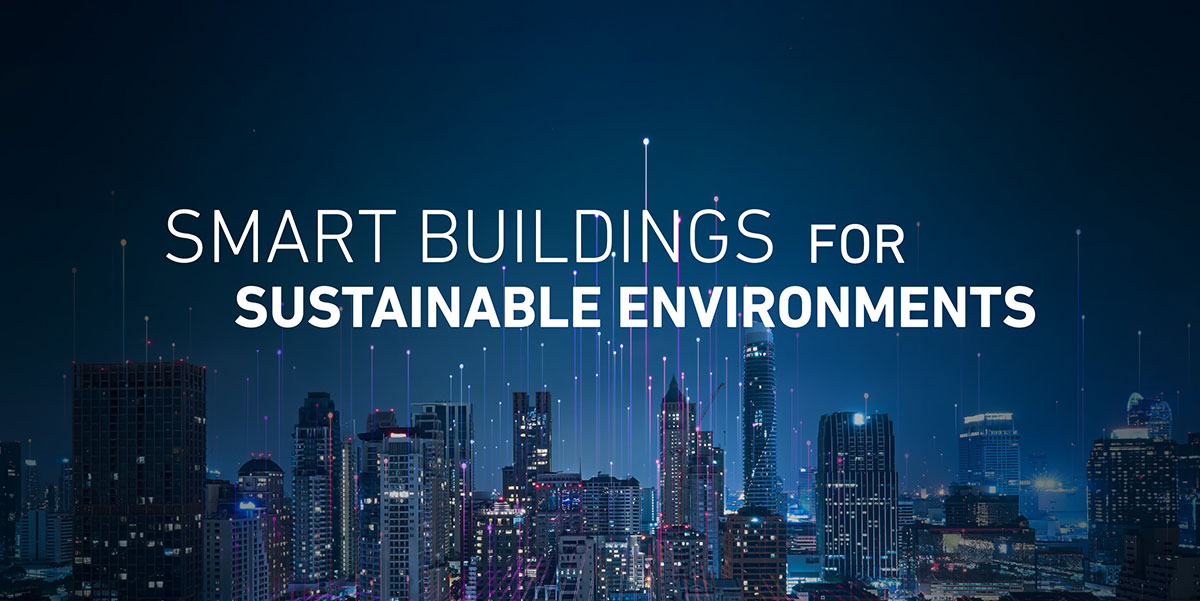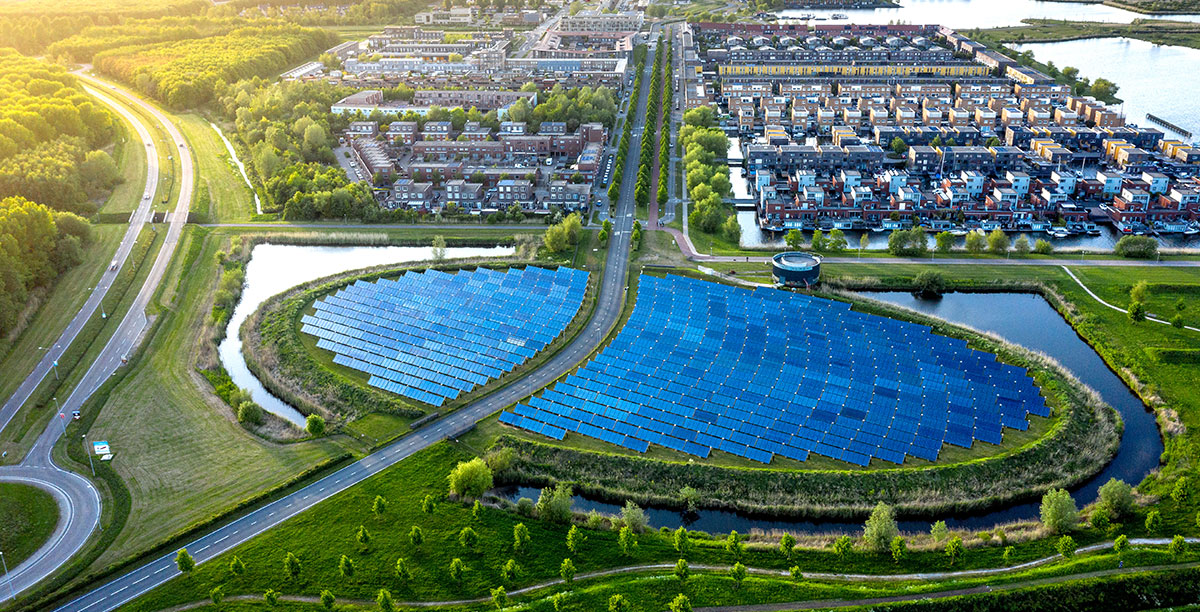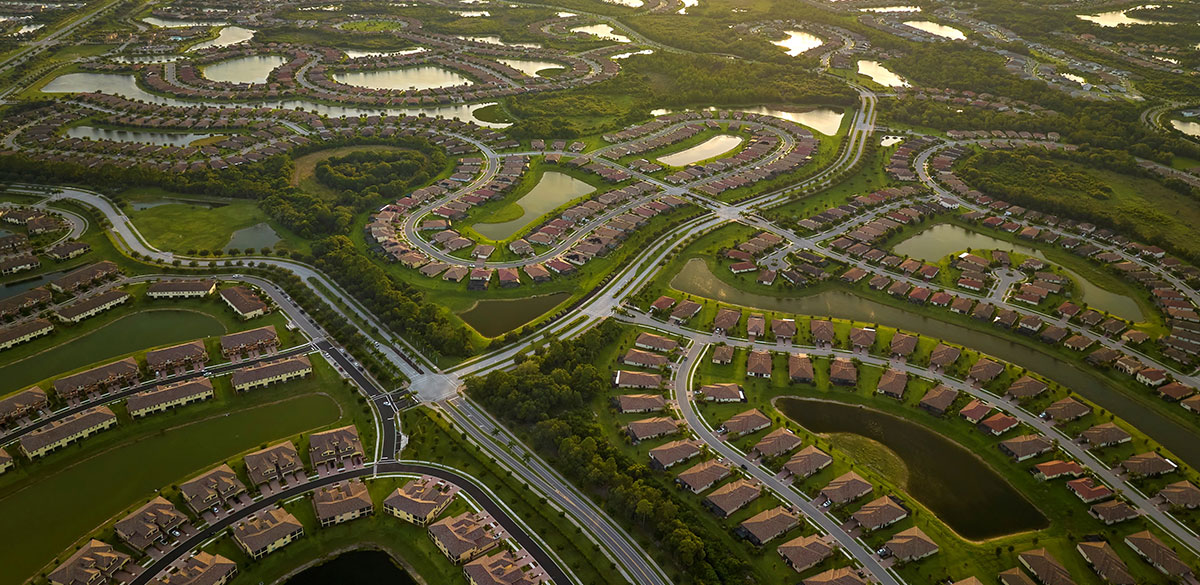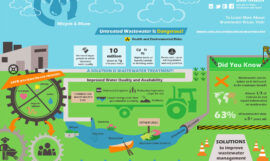How smart building solutions can catalyze sustainable built environment

According to a United Nations’ report, the world’s population reached 8 billion in mid-November 2022. An indispensable part of this growth is linked with an increasing pace of urban development. Ensuring access to resources, education, employment and social services indisputably calls for the development of urban spaces. That said, this transition does not have to take a toll on the natural environment. By levering the potential of technological advancement, we can meet our urban needs while maintaining an ecological balance.
Against the background of increasing global temperatures, sustainable design of buildings with modern technological integration for user interface and building operations for reduced carbon footprint are becoming extremely important. The built world is evolving rapidly, and considering the pace of technological advancement and its integration in our lives, IoT will soon become an inseparable part of the buildings we live, work and spend time in. Essentially, smart building technology is the key to improved performance, resilience and controlled built environment.
As the world continues its recovery from the global pandemic, people and businesses now have a better understanding needed to accelerate climate-conscious solutions that ensure environmental sustainability, economic development and human wellbeing. Organizations are questioning their business-as-usual and looking for a recovery to a new normal. Among the issues gaining traction is the need to have healthy buildings.
Since humans spend more than 90% of our time indoors, maintaining a healthy indoor environment has become critical. Continuous air quality monitoring to maintain the required concentration levels is becoming important. Sustainability goals like these can be achieved seamlessly through smart building solutions that can achieve healthy buildings and so much more.

Smart buildings can reduce energy/carbon emissions and even achieve zero-carbon certifications by using IoT technology that uses hardware, software, and connectivity to manage environmental quality and electromechanical system like HVAC, lighting, security, air quality, irrigation etc. By analyzing how to optimize energy use throughout a building, owners can determine the best course of action to reduce emissions and lower their carbon footprint. Within a smart building, an IoT platform provides energy and indoor environmental analytics on usage, along with indicators on ways to improve the building’s overall sustainability.
The backbone for achieving a tech-enabled building is the data gathered from various building systems and instruments, which is analyzed, optimized and visualized to provide real-time insights on energy use, thermal comfort, indoor air quality and security systems. The benefits of smart buildings include the ability to use data for quality monitoring, address problems before they turn into crises, simulate the environment to your preferences, and reduce energy consumption by 10% to 15%. The transition from building management systems (BMS) to building operating systems (BOS) shows that there is no doubt that the demand for smart buildings will grow gradually. Achieving a smart building might seem like a challenge but the key lies in identifying your priorities and having access to reliable data.
The expertise of GORD’s Advisory team with vast experience in sustainable built environment design implementation and management can help integrate smart building controls and latest cutting-edge technologies, thus ensuring that the smart buildings are not only energy efficient and environmentally friendly but also aligned with clients’ ESG objectives. The use of precise simulation tools can help optimize building performance, providing data-driven insights that lead to reduced operational costs and enhanced occupant comfort and well-being. This holistic approach enables clients to achieve their sustainability goals, enhance their corporate reputation, and ensure long-term operational resilience.




